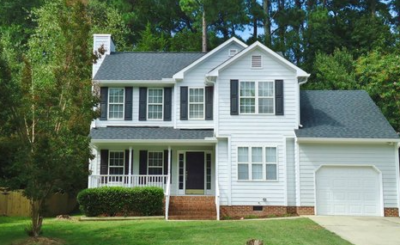When it comes to managing rental properties, renovations and upgrades can make a significant impact on generating higher returns. However, planning these improvements efficiently requires a strategic approach to avoid unnecessary expenses and ensure decisions enhance long-term property performance. Leveraging your rental property income statement data can provide valuable insights to guide these investments effectively.
This blog explores the benefits of using your rental income statement as a foundation for planning property renovations and upgrades. By understanding the data, you can pinpoint areas of improvement that directly impact your bottom line while avoiding costly oversights.
Improving Decision-Making with Data-Driven Insights
Rental income statements provide a detailed breakdown of revenue, expenses, and net profit for your property. The insights gained from these numbers can significantly improve decision-making when it comes to planning renovations and upgrades.
For example, understanding patterns in operating expenses allows you to identify areas where efficiencies can be achieved. If utility costs are consistently high, upgrading to energy-efficient appliances or insulation could reduce these expenses and maximize profitability. Similarly, if repair and maintenance costs show recurring trends, a renovation focused on resolving these underlying issues will prevent repetitive spending.
Rather than relying on guesswork or basing decisions on personal preferences, analyzing income statement data provides clarity on which upgrades will yield the best returns on investment.
Enhancing Tenant Retention and Satisfaction
Your rental property income statement may reveal specific metrics that highlight tenant retention challenges. For example, if vacancy rates or turnover costs are higher than industry benchmarks, it could signify that your property lacks competitive features or amenities.
Using this data, you can plan upgrades that directly address these gaps. Beyond enhancing curb appeal, modernizing amenities such as kitchens, bathrooms, or outdoor spaces could significantly boost tenant satisfaction and increase lease renewal rates. Tenants are more likely to remain in a property that offers modern, functional spaces and a higher quality of living.
Happy tenants not only mean fewer turnover-related expenses but also contribute to consistent rental income, creating a stable foundation for growth.
Maximizing Rental Income Potential
One of the core benefits of analyzing rental income statement data is uncovering opportunities to raise rental income through upgrades. Review the property’s gross rental income and compare it to the average rental rates in your market using industry reports or competitive research.
If your current rents fall below market value, strategic renovations can justify increasing rental rates without alienating tenants. For instance, upgrading flooring, fixtures, and communal spaces may enable you to reposition your property to attract a higher-paying demographic.
Additionally, enhancements such as adding in-unit washers/dryers, creating smart home capabilities, or providing premium parking options can introduce new revenue streams that elevate your property’s earning potential.
Optimizing Cash Flow Balance
While it’s tempting to consider large-scale renovations, it is crucial to evaluate how upgrades align with your property’s overall cash flow. Using your income statement to track operating income and expenses ensures you avoid overextending financially during the renovation process.
Carefully reviewing your net profit margins and reserves will help identify how much funding can feasibly go toward upgrades without disrupting cash flow. By keeping this balance intact, you can ensure your property remains profitable while still making meaningful improvements.



